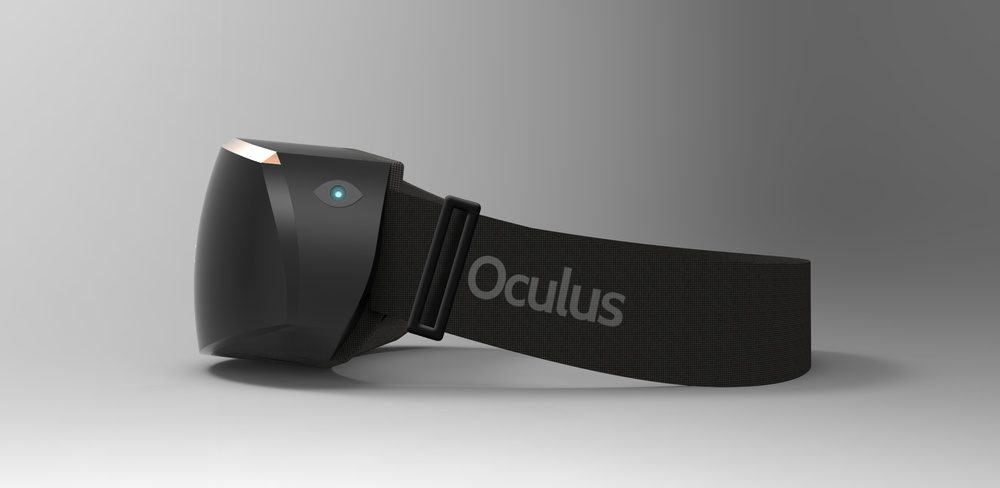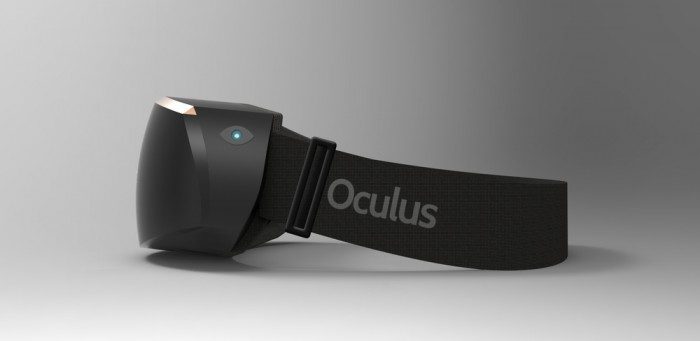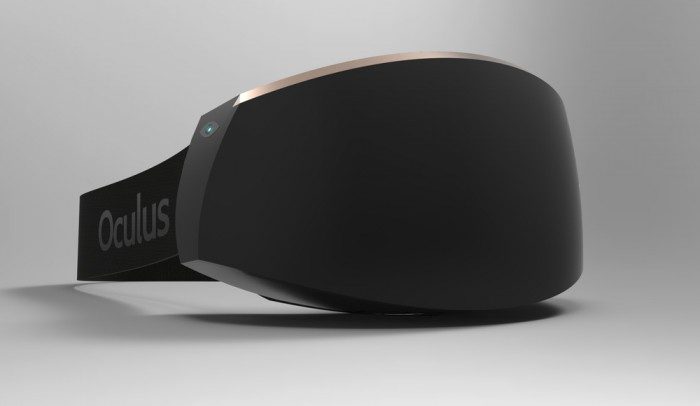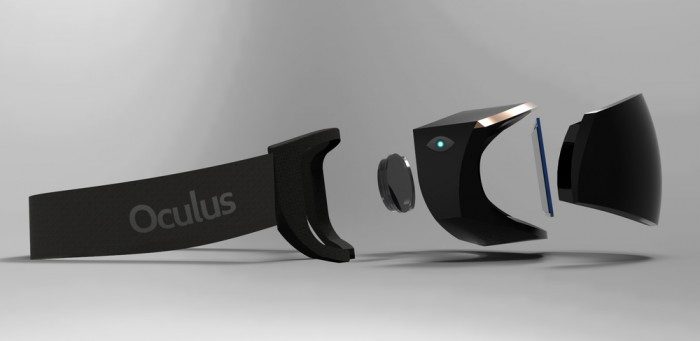A product designer has taken a stab at conceptualizing the look of the Oculus Rift consumer version, colloquially called the ‘CV1’.
Syed Rahman is a Maryland-based product designer who studied mechanical engineering at the University of Maryland—the same place where Oculus CEO Brendan Iribe recently donated some $31 million.
Whether or not that donation inspired Rahman’s latest design concept is unclear, but Rahman, who works as the lead designer at M3D, recently tried his hand at mocking up the aesthetics of a consumer version of the Oculus Rift (CV1).
Rahman notes in his design blog that the Rift ought to look like something familiar for people to accept rather than reject the look.
We don’t like change, that’s just human nature. We’re quick to adopt what we’re accustomed to, quick to deflect anything too far from the norm. As great as the Rift might be, how are we going to start sitting around with big black boxes strapped to our faces? Picture walking into a room, only to see your friends and family sitting around with boxes on their faces. I don’t see that being a common scene anytime soon.
So he opted to make the design look like something familiar, taking cues from ski goggles and fighter jet helmets.
Ultimately I settled for a clean, sleek look. The headset resembles ski goggles, a familiar object, finished with a reflective front. To a passerby, you’d appear to be wearing the world’s fanciest goggles on your face. The goal was to balance the streamlined look of a gamer accessory, without over embellishment. This way the product appeals to the gaming audience all the while keeping a universal look for any other VR application.
The lenses, and the distance they must maintain from the display, may be the most space-hungry component of the headset. Rahman reckons that there’s enough room in the curved front of the device to fit the screen and electronics, including the array of IR LEDs that power the Oculus Rift’s positional tracking capabilities. A curved display could make things fit even better, though it isn’t clear what this would mean for adjusting the pre-lens distortion on the Oculus Rift.
See Also: Reverse Engineering the Oculus Rift DK2 Provides Brilliant Insight into Inner Workings
Be sure to check out Rahman’s blog for more photos and details about his approach to this concept.
Love it? Hate it? Let us know in the comments!










